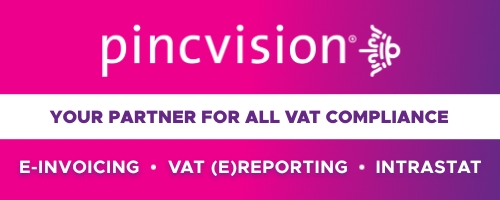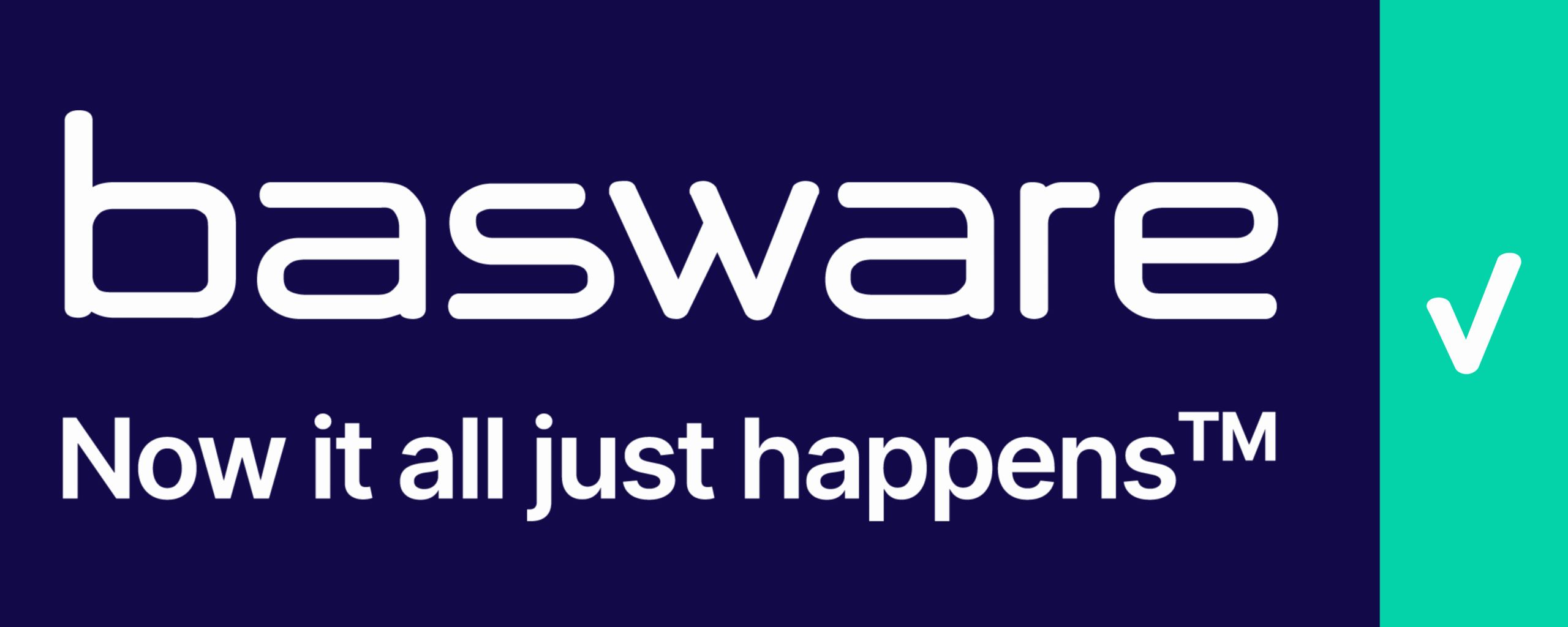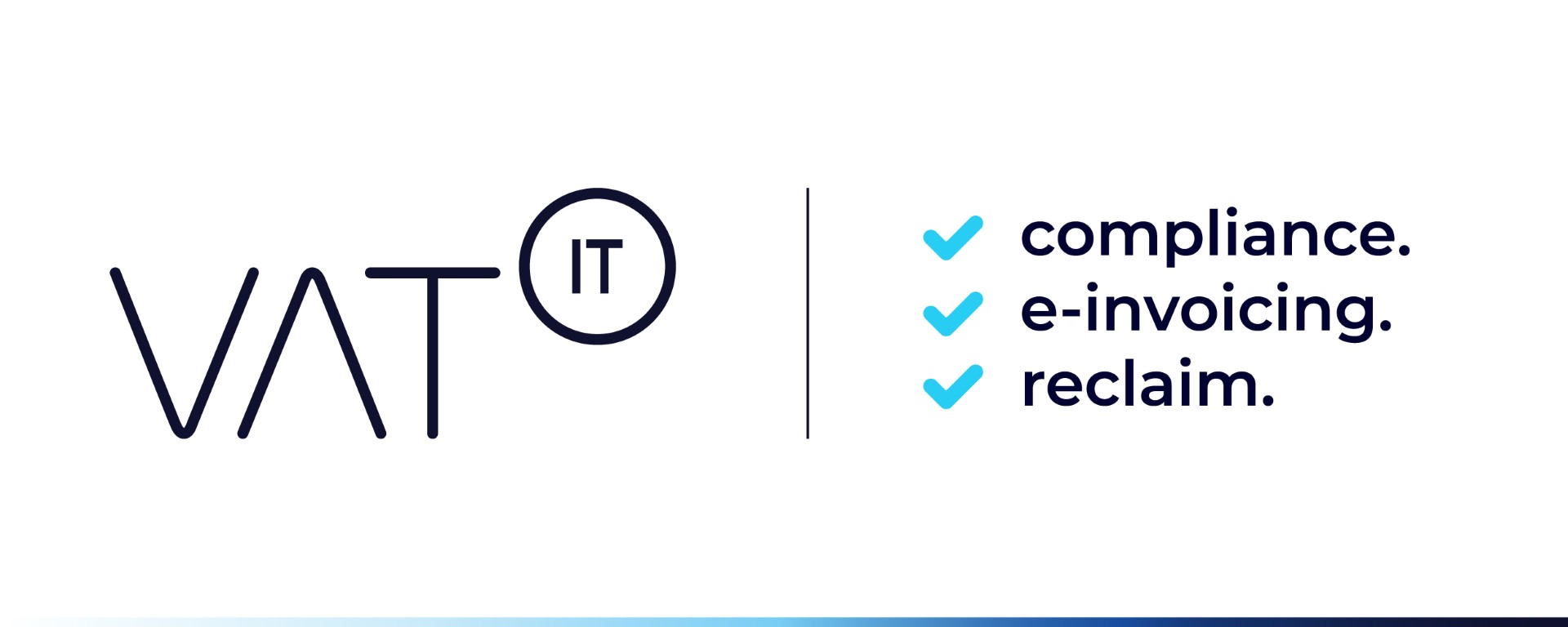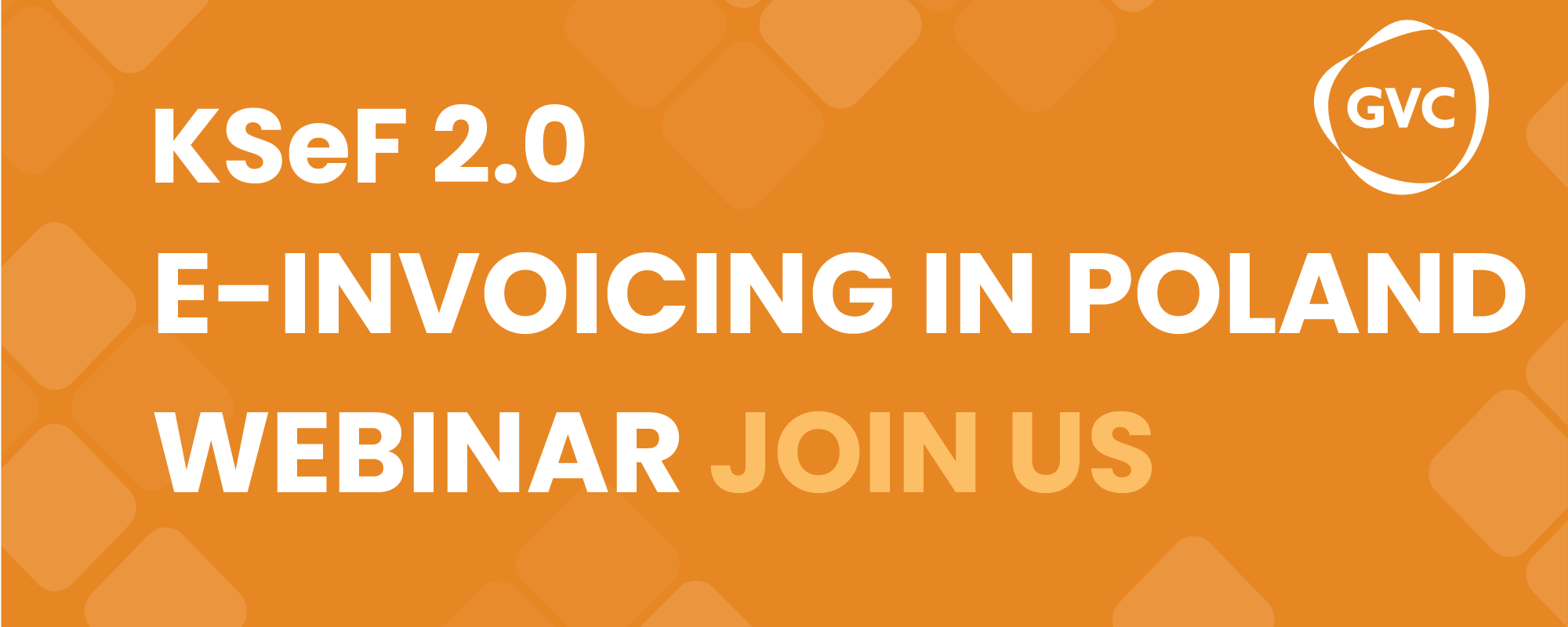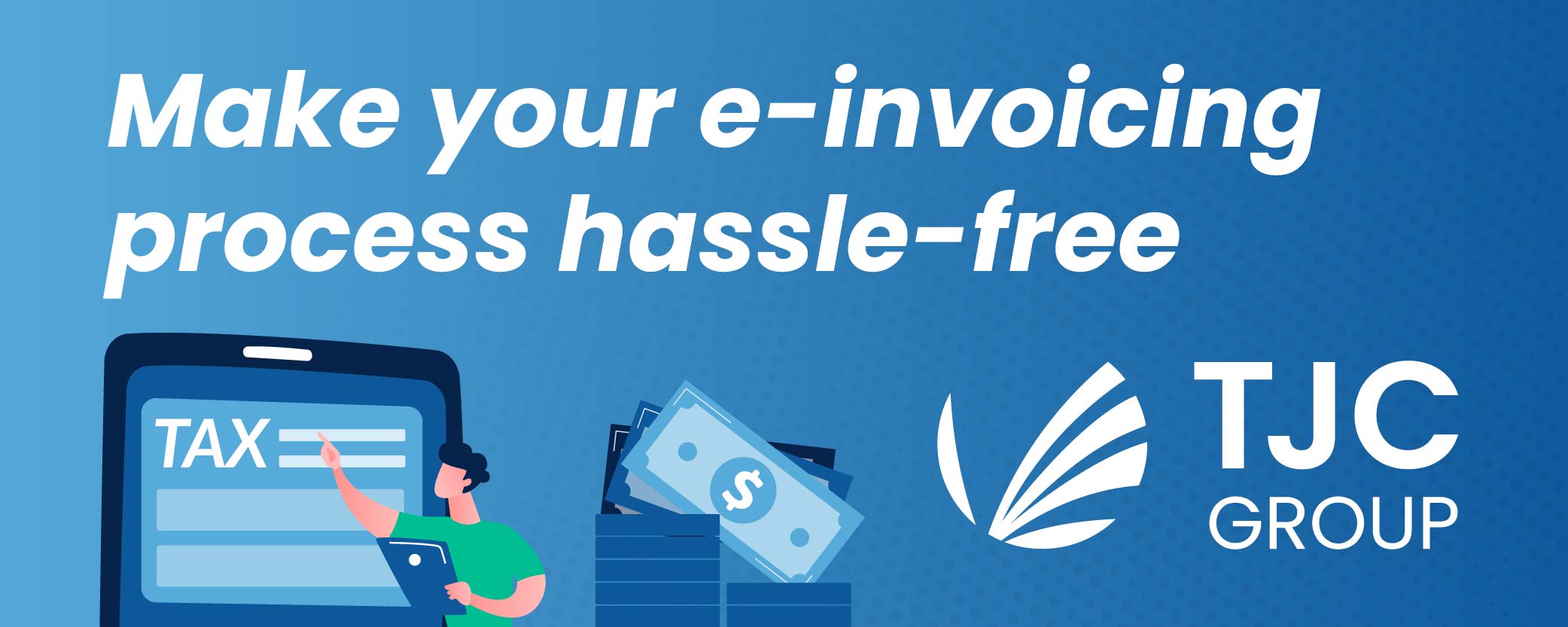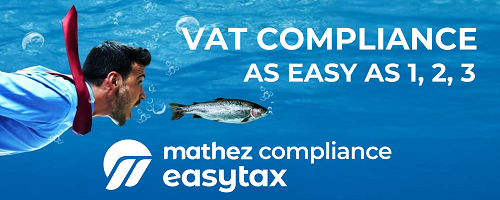Starting January 1, 2026, Kazakhstan will introduce a groundbreaking mechanism that links the issuance of electronic invoices directly to the taxpayer’s VAT payment status. This reform, embedded in Articles 139 and 140 of the Tax Code, is designed to protect the national budget from fictitious transactions and ensure that VAT is paid before invoices are issued.
Objective: Budget Protection Through Prepaid VAT
The core aim is simple but powerful: prevent fraudulent invoicing by requiring taxpayers to pre-fund their VAT obligations. Under the new system, an electronic invoice (e-invoice) will only be issued if the taxpayer’s tax account balance is sufficient to cover the VAT amount stated in the invoice.
Who’s Involved?
- Taxpayers: Must maintain a VAT balance in a designated tax account
- Operator: A legal entity authorized to manage the automated control system
- Tax Authority (TA): Oversees the process and enforces compliance
️ Tools of the System
- IS ESF Portal: Kazakhstan’s state-run electronic invoicing platform
- Tax Account: A virtual ledger maintained by the operator
- Special Bank Account: May be required to deposit VAT funds for e-invoice issuance
How It Works: The Automated Control Mechanism
- Invoice Attempt: A taxpayer tries to issue an e-invoice via the IS ESF portal.
- Balance Check: The system calculates the VAT balance using the formula:
VAT Balance = Input VAT + Paid VAT – VAT Liabilities
- Input VAT includes:
- VAT from supplier e-invoices
- VAT paid on imports
- Agency VAT
- VAT Liabilities include:
- VAT on sales e-invoices
- VAT on agency e-invoices
- Paid VAT refers to prepayments made to the special account
- Validation:
- If the VAT balance covers the invoice amount, a registration number is assigned and the invoice is issued.
- If not, the invoice is blocked until the taxpayer replenishes the account.
- Offset and Refunds:
-
- Funds used for invoice issuance are offset against VAT due in the return.
- Excess funds can be carried forward or refunded within one business day.
Legal Framework
The Tax Code outlines the responsibilities of the operator, including:
- Maintaining the tax account
- Safeguarding taxpayer funds
- Transferring used funds to the budget
- Returning unused funds promptly
The authorized body will also issue:
- A list of taxpayer categories subject to automated control
- Rules for conducting automated control
Why It Matters
This reform marks a shift from post-facto tax enforcement to real-time compliance. By requiring upfront VAT funding, Kazakhstan aims to:
- Eliminate fake invoices
- Improve VAT collection
- Enhance fiscal transparency
Sources Art 139 & 140 of the Kazakh VAT code – Unofficial translation
Article 139. General Provisions of Automated Control
- Automated control is an automated process of assigning a registration number to an electronic invoice taxpayers in the tax authority’s information system issued by a taxpayer classified as a separate category of taxpayers.
When assigning a registration number to an electronic invoice, the data of the tax account of the value-added tax payer in the information system of the automated control operator (hereinafter, for the purposes of this paragraph, the tax account) are taken into account.
The categories of taxpayers in respect of which automated control is carried out are approved by the authorized body.
- For the purposes of this paragraph, the automated control operator is a legal entity determined by the authorized body that maintains a tax account by:
1) recording the balance amount of value-added tax (hereinafter, for the purposes of this paragraph, the tax);
2) ensuring the safety of the taxpayer’s money transferred to ensure the issuance of electronic invoices;
3) ensuring the transfer to the budget of the taxpayer’s funds used to issue the electronic invoice;
4) the return of the taxpayer’s funds not used to issue the electronic invoice.
- The rules for conducting automated control shall be established by the authorized body and must contain:
1) the procedure for maintaining a tax account;
2) the procedure for recording the balance amount of tax;
3) the procedure for replenishing the tax account by the taxpayer;
4) the procedure for transferring to the budget the taxpayer’s funds used to issue the electronic invoice;
5) the procedure and deadlines for filing and considering the taxpayer’s application for a refund;
6) the procedure for returning money to the taxpayer;
7) the period for conducting automated control.
Article 140. Procedure for conducting automated control
- During automated control, the tax is calculated in the tax authority’s information system.
The tax is calculated using the following formula:
B = VAT1 + VAT2 + VAT3 + VAT4 – VAT5 – VAT6, where:
B – balance amount of tax;
VAT1 – the total amount of tax indicated in the electronic invoices received by the taxpayer;
VAT2 – the total amount of tax paid upon import in accordance with the customs legislation of the EAEU and (or) the customs legislation of the Republic of Kazakhstan;
VAT3 – the total amount of tax paid upon acquisition of works, services from a non-resident;
VAT4 – the total amount of tax credited for goods acquired, created, constructed by the taxpayer prior to the date of registration for tax;
VAT5 – the total amount of tax indicated in the electronic invoices issued by the taxpayer;
VAT6 – the total amount of tax accrued upon deregistration for turnover tax in the form of goods balance.
The results of tax calculation are reflected in the tax authority’s information system and tax account.
- Based on the results of tax calculation, if the tax amount specified in the electronic invoice does not exceed the balance amount of tax, then such electronic invoice is automatically assigned a registration number.
An electronic invoice that has not been assigned a registration number is considered not issued.
The taxpayer has the right to replenish the tax account with his own money to increase the balance amount of tax.
- Unused funds for issuing an electronic invoice are subject to return to the taxpayer’s bank account upon his application for a refund within one business day.
Money not declared for return is used to ensure the issuance of electronic invoices for the next tax period.
4. The funds used to issue an electronic invoice based on the results of the reporting tax period are counted towards the tax payment.
- See also
- Join the Linkedin Group on Global E-Invoicing/E-Reporting/SAF-T Developments, click HERE
Latest Posts in "Kazakhstan"
- Kazakhstan to Require Full VAT Registration and Filing for Non-Resident Digital Suppliers from 2026
- Imported Pharmaceutical Raw Materials to Be Exempt from VAT to Support Local Industry
- How to Change VAT Rate from 12% to 16% in 1C Accounting
- Kazakhstan VAT Form Changes Effective January 1, 2026
- Digital Tenge with VAT Marking to Be Introduced in Kazakhstan’s Public Procurement





